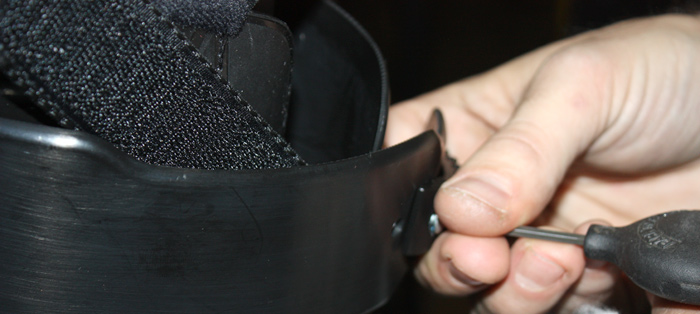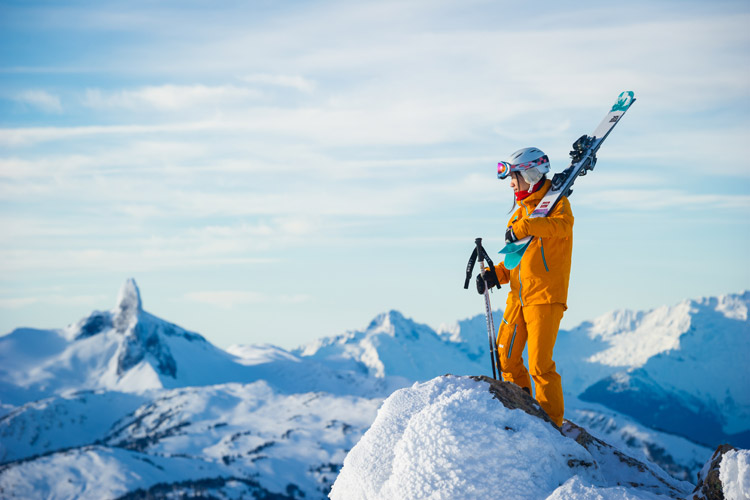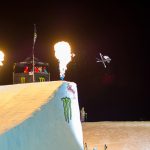It’s kind of baffling actually. We can put a dog in space and an HD video camera on top of every second person in the Whistler chairlift lines yet somehow after all these centuries of civilization and technological achievement no one has figured out how to build a comfortable ski boot.
We’ve come pretty close though. Today’s boots are feats of engineering and with a bit of help from one of Whistler’s bootfitting specialists your ski boots can go from being “frozen plastic coffins for your feet” to “snug, warm tombs for your toes”. You might even get to a point where you can call them comfy, at least relatively so.
Rob Cook is a boot wizard at FanatykCo Ski and Cycle, a favourite Whistler local’s shop, and he offers up these tips.

1. Size Matters
“Get the right sized boot,” Rob says. “This sounds almost too simple but so many people have boots that are 1-3 sizes too big.”
2. Foot Beds
“You want a good foot bed to match the shape of your foot. Choosing stiffer or softer-flex beds isn’t as important– that’s more personal preference– but it has to be the right shape. Foot beds are the foundation that stabilizes the foot.”
3. Liners and Pads
“Custom liners are great but a less expensive option is padding your regular liners in the right places. A sinus pad is a key pad that can be trimmed and put in the boot between the tongue and the outside ankle. A lot of people have a divet there of up to 2 or 3 centimetres.”
4. Heaters
“For sure, people with chronically cold feet can get a boot heater installed. Those who have them tend to love them.”
5. Skiing Style
“You need to make a choice– do you want your boots to fit for comfort or performance? Most people want comfort but even then you can expect new, properly fitted boots to hurt a bit for the first 3-5 days.”
6. Expertise
“People should invest in their boots above all other pieces of your equipment. And talk to a boot professional – if you have a big bunion on your foot the size of a golf ball we can punch out the hard plastic shell a bit. We can do a lot of things.”
“Don’t forget to wear proper ski socks and keep your toenails trimmed,” Rob adds. “And above all, make sure your boots are colour-matched to your goggles. That’s huge.”
Looking good and feeling good do go hand in hand but fashion tips aside, the crew at FanatykCo and Whistler’s other boot specialist shops are open early and always ready to help ensure taking your boots off at Après is not the best part of your ski day (although it will always feel pretty darn good until technology catches up and invents some kind of warm fur-lined alien nano-solids that will have us wondering how we ever lived with cold plastic 4-buckle boots of today).



